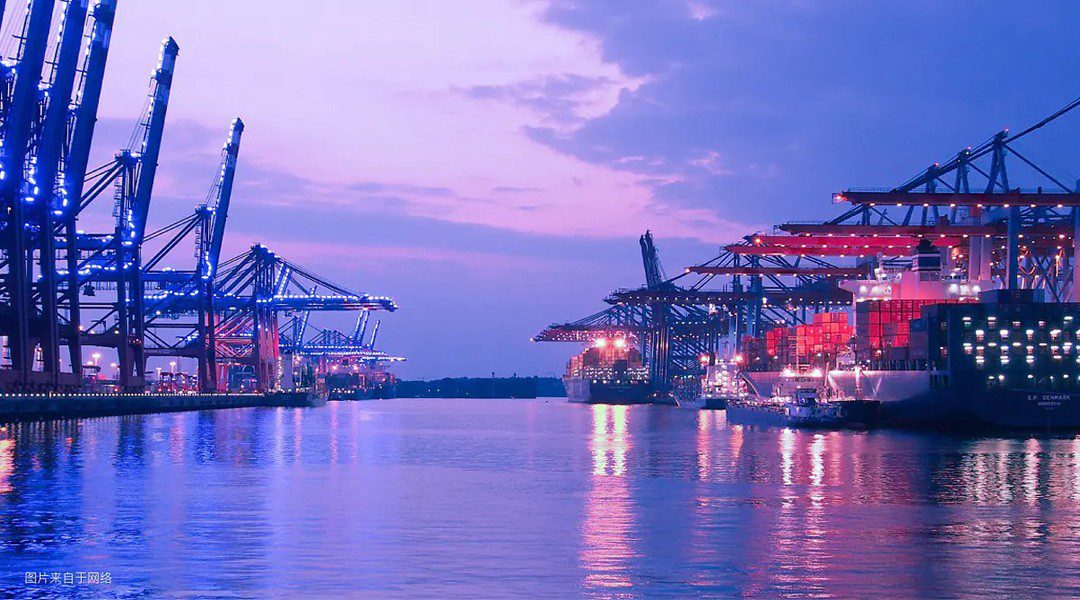A preliminary estimation of India’s October exports showed a 19% decline from a year earlier, two officials aware of the compiled figures said, speaking on the condition of anonymity.
The preliminary monthly trade data, customarily released in the first week of the following month, excludes data from a few segments and is typically revised upwards when final estimates are released two weeks later. Data from some special economic zones (SEZs) and ports without electronic data exchange (EDI) are added before the final estimates are published.
Trade winds
This month, without any public explanation, the Centre has not released the preliminary data. A third person who spoke on the condition of anonymity said there was some discomfort with the practice in some parts of the government as the preliminary data gets reported prominently while the revised data, typically a stronger figure, gets relatively less publicity, creating confusion in the public mind. But it’s unclear if the practice, started in October 2020 to provide higher frequency indicators about a key aspect of the economy, has been discontinued or merely halted temporarily. A Press Trust of India report last week said the government has decided to do away with releasing preliminary data, attributing the information to unnamed people.
The weakness in the preliminary trade figures came up for discussion in a meeting Union commerce minister Piyush Goyal held with export bodies last week. Without citing a figure, the minister sought inputs on how the weakness in the numbers could be addressed, a person who was part of the discussions said.
A commerce ministry spokesperson did not respond to requests for comment.
The final estimates for October will likely be released this week and are expected to show a narrower year-on-year contraction in growth compared with the preliminary data.
Most sectors, including engineering and readymade garments, reported a sharp double-digit exports decline, the officials cited earlier said.
Curbs on exports of wheat, certain varieties of rice, and special taxes to discourage the sale of steel, iron ore and fuels overseas, along with a demand slowdown in major export markets, contributed to the decline.
At the meeting with the minister, exporters suggested measures, including increasing the window of export payment for buyers from the current nine months to 15 months and restoring the higher interest subvention rate of 5% for small manufacturers. “The preliminary data is showing a double-digit decline, but that will see a revision when we come out with the final data in a few days, which will capture details from some of the SEZs and non-EDI port data, which comes in a little late,” said one of the officials cited above.
He said the commerce minister sought to find out why the exports declined and what steps could be taken to boost exports.
“The minister asked them what to do about boosting exports, and a lot of them came up saying that this is temporary and they are expecting demand to pick up in December. A lot of exporters are participating in trade shows in the US and Europe and expecting demand to be better from December onwards,” the official said.
Non-EDI ports do not work on the electronic network, and data is fed into the computer system manually and is, hence, captured in the overall trade data with a lag.
“Trade figures of last month showed exports for some sectors have declined as much as 30% and some 15% to 17%. So, some sectors, such as engineering goods, pharma and agricultural goods, are facing a difficult situation, and therefore, the ministry has decided to focus on those sectors more. Other sectors, however, are not very negative. A disclaimer was given that there have been instances in the past where an export decline of 3% turned positive when the final data came in,” a second person, present at the meeting last Monday with the commerce minister, said.
The previous few months have seen sharp data revisions between the provisional figures released at the beginning of the month and the final ones by the middle of the month.
For example, in September, exports grew by 4.83% from a year ago, according to the final numbers. That compares with a 3.8% contraction estimated in the provisional data. The estimation shifted seven percentage points.
During the meeting with Goyal last Monday, exporters requested the government to urgently restore the interest equalization benefit of 5% to manufacturing MSMEs and 3% to all 410 tariff lines as the cost of credit was adversely impacting exporters. “We are calculating the additional cost burden for the exchequer of restoring interest equalization rates. We will then move a proposal to the ministry of finance to consider it,” said a second government official.
A. Sakthivel, president of the Federation of Indian Export Organisations (FIEO), said that the credit rate for most MSMEs had already crossed the double-digit mark at 11-13% and requested the commerce minister to propose to RBI to create an Export Credit Refinance Facility for banks.
“With that, the amount of credit given to the export sector can be refinanced by the RBI at the repo rate, which will not have any element of subsidy and thus would not affect the exchequer while at the same time will help all exporters, particularly those not covered by the Interest Equalization Scheme,” he said.
Meanwhile, engineering exporters facing a sharp decline sought the resolution of payment problems with Russia. They further expressed concerns over the withdrawal of the generalized scheme of preferences benefits for India by the European Union from 1 January.
“The review meeting was very detailed in nature as a country, and item-wise analysis was done. Suggestions on visa relaxation were made, and appropriate future course of action was discussed,” Services Export Promotion Council chairman Sunil Talati said.
Source: Livemint






